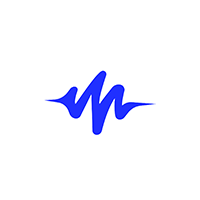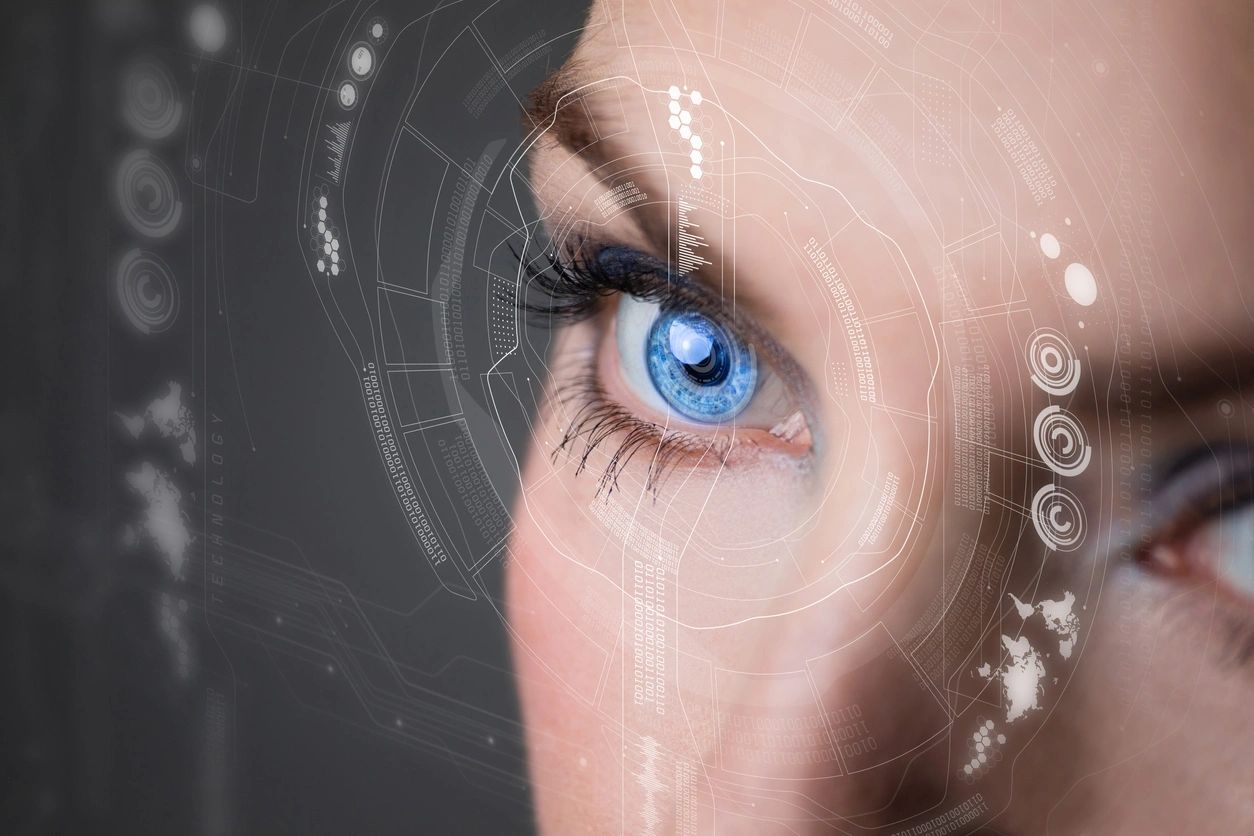Researchers at the University of Washington have unveiled a groundbreaking AI system that enhances the functionality of noise-cancelling AI headphones by isolating and amplifying a single voice in a bustling, noisy environment. This innovative technology, known as Target Speech Hearing (TSH), empowers users to zero in on a specific person simply by looking at them for a few seconds.
Revolutionizing Noise-Canceling Technology with AI Headphones
Traditional noise-cancelling headphones excel at reducing ambient noise but struggle to allow users to focus on particular sounds or voices. This limitation is precisely what the TSH system aims to overcome. Shyam Gollakota, a professor at the University of Washington and the project’s lead researcher, highlights the significance of this advancement: “Listening to specific people is such a fundamental aspect of how we communicate and interact with others. It can be very challenging, even without hearing loss issues, to focus on specific people in noisy situations.”
How TSH Works
The TSH system ingeniously integrates noise-cancelling headphones with AI to target individual voices amidst a din of sound:
- Enrollment Phase: The user looks at the target speaker for a few seconds. During this time, binaural microphones on the headphones capture an audio sample that includes the speaker’s vocal characteristics, even in noisy environments.
- Neural Network Processing: The captured binaural signal is processed by a neural network that learns the vocal characteristics of the target speaker, using directional information to separate their voice from other speakers and noises.
- Speaker Embedding: The target speaker’s vocal characteristics are converted into an embedding vector, which is then fed into another neural network designed to extract the target speech from a mix of sounds.
- Real-Time Adaptation: After learning the target speaker’s characteristics, the system allows the user to move around freely, look in any direction, and still hear the target speaker’s voice clearly. The TSH system continuously processes incoming audio, isolating and amplifying the target speaker’s voice while suppressing other noises.
Currently, the prototype works best when the target speaker’s voice is the loudest in a particular direction. However, the research team is refining the system to handle more complex audio environments.
Future Applications and Potential
Samuele Cornell, a researcher at Carnegie Mellon University’s Language Technologies Institute, lauds the research for its practical implications, stating, “I think it’s a step in the right direction. It’s a breath of fresh air.”
While the TSH system is currently a proof of concept, discussions are underway to embed this technology in popular noise-cancelling earbuds and hearing aids. The potential for improved audio and speech analysis is vast, especially with advancements like GPT-4o. Such innovations could significantly benefit those with visual and auditory impairments, enhancing their ability to connect with the world around them.
See also: GAM3S.GG Teams Up With Aethir To Revolutionize Cloud Gaming


















